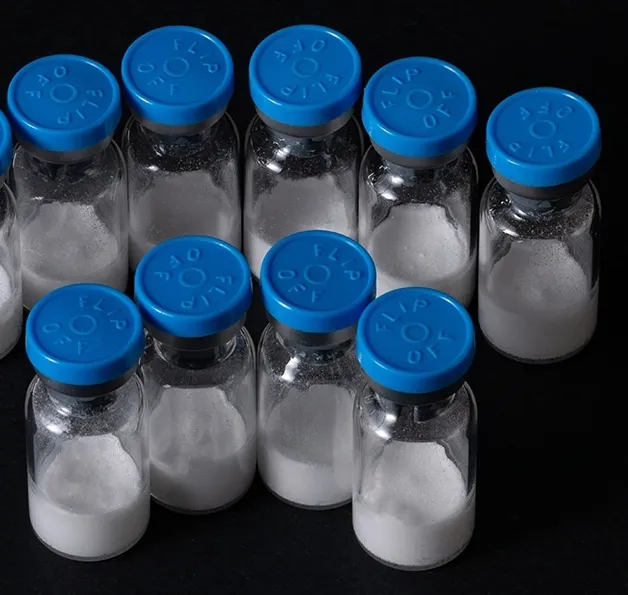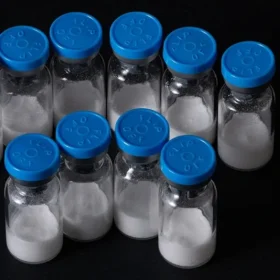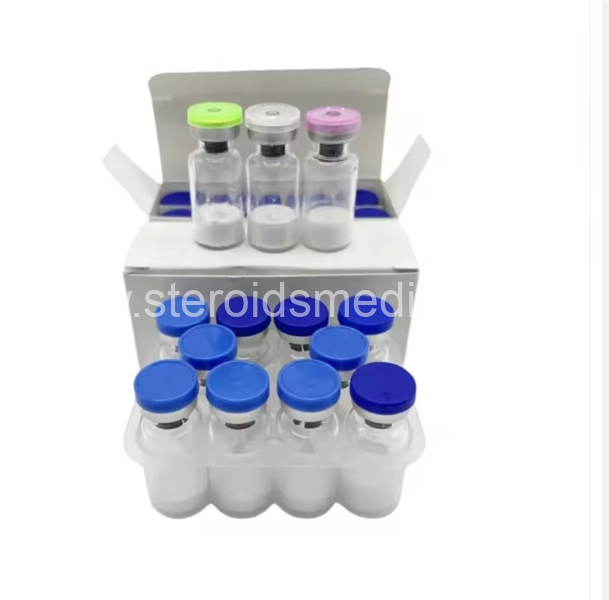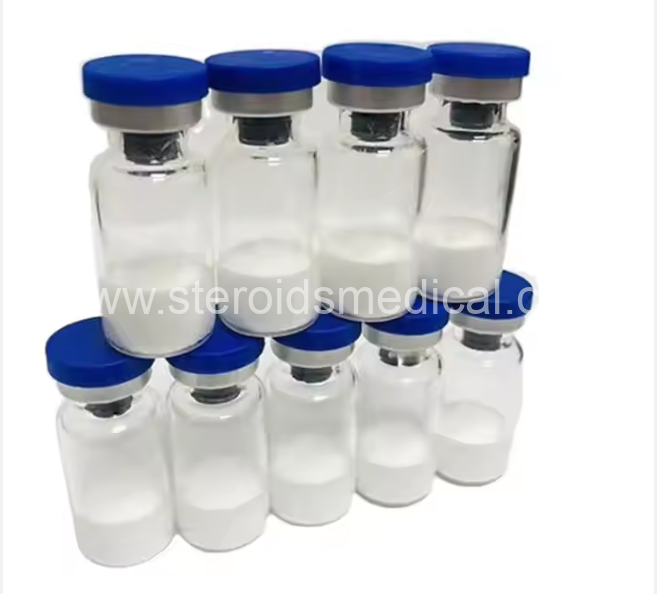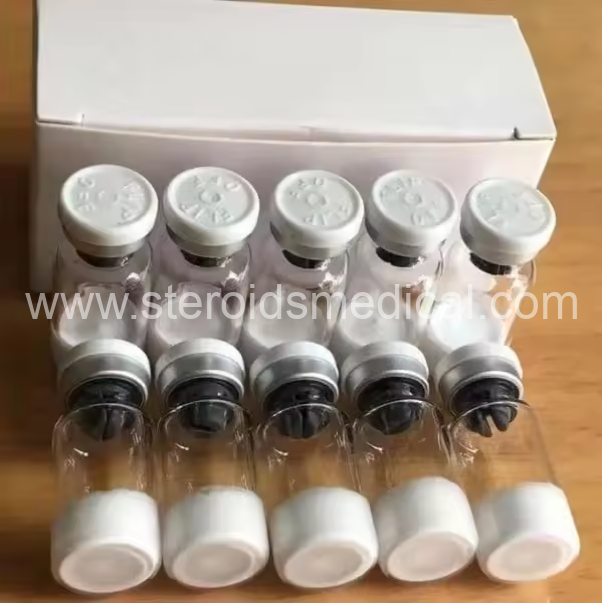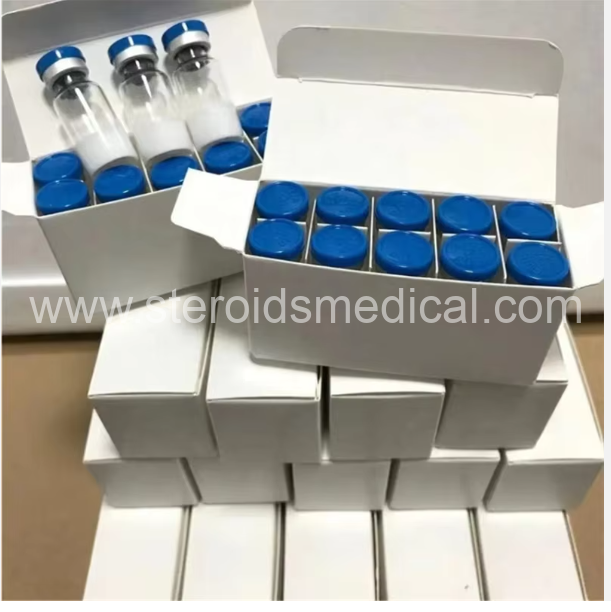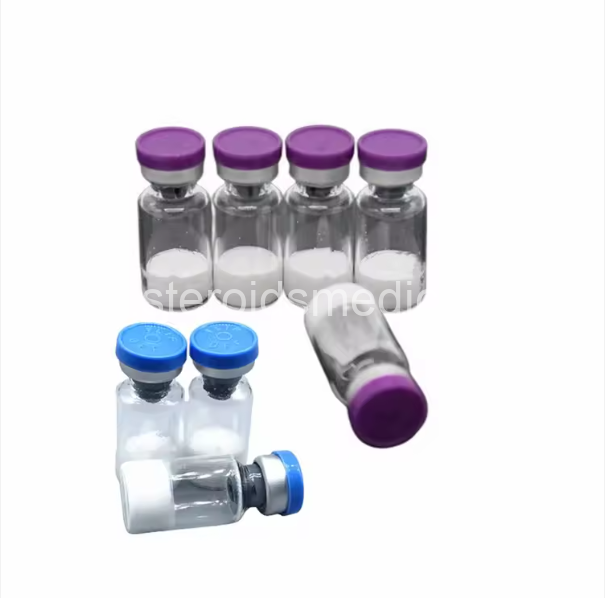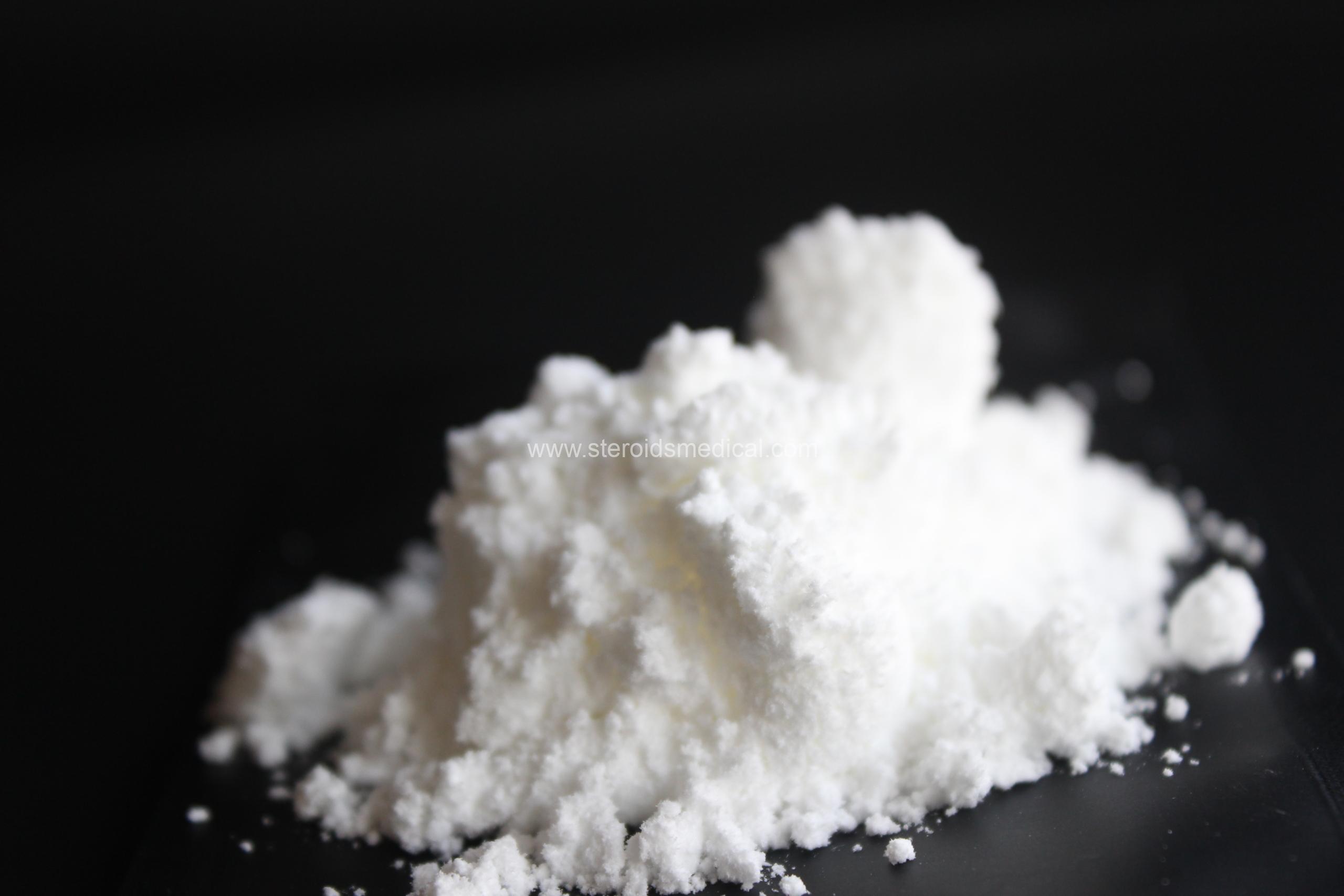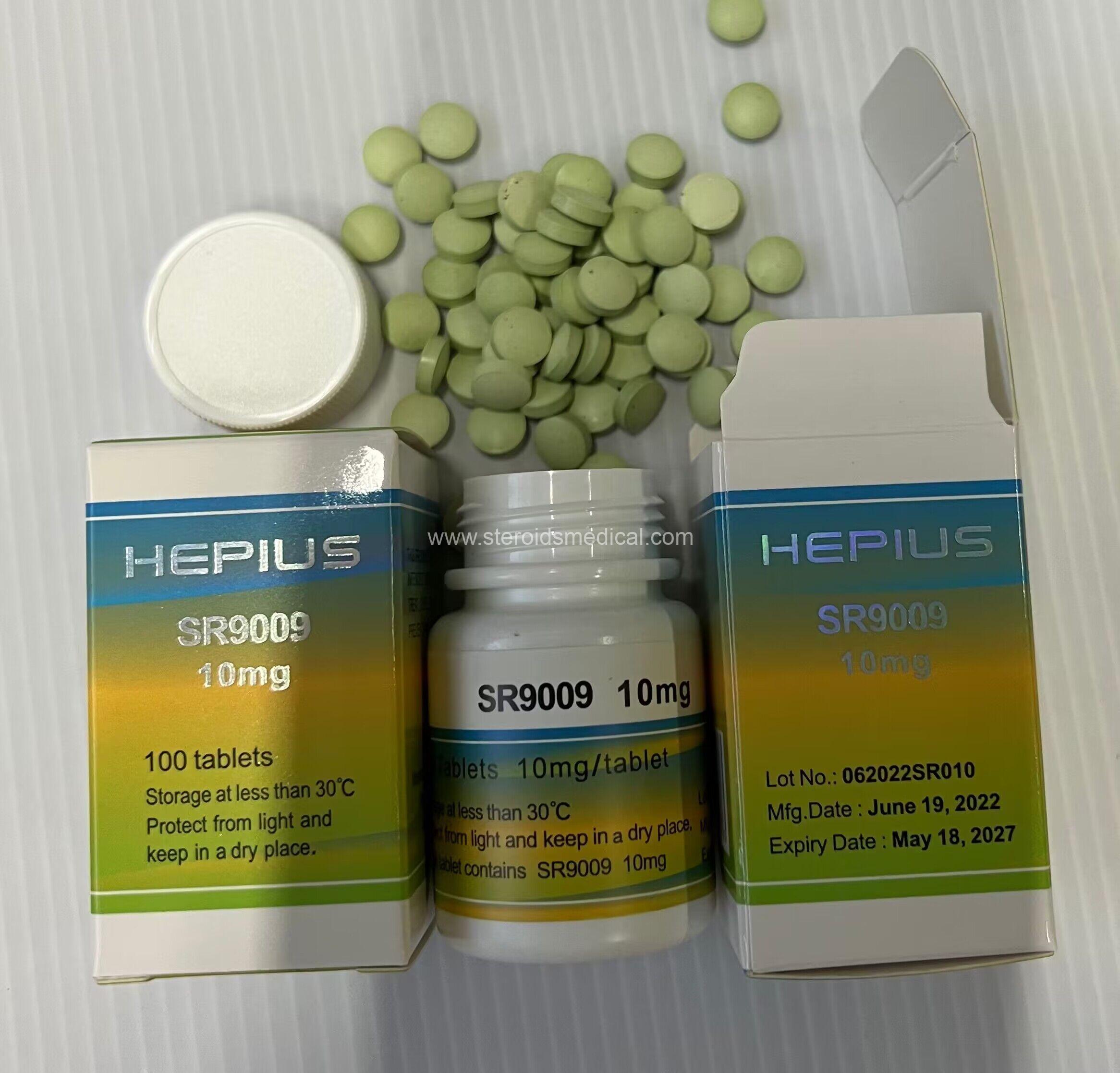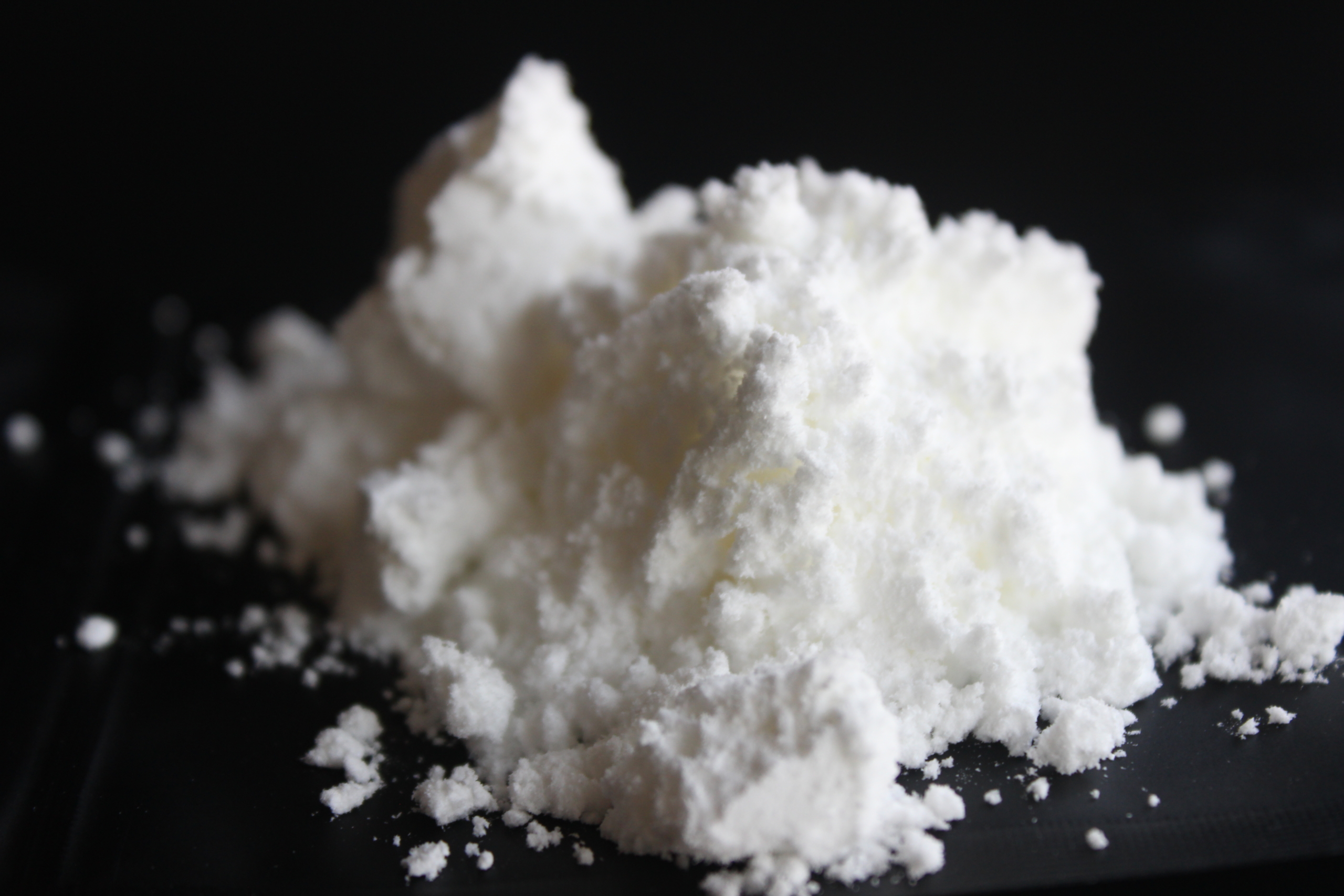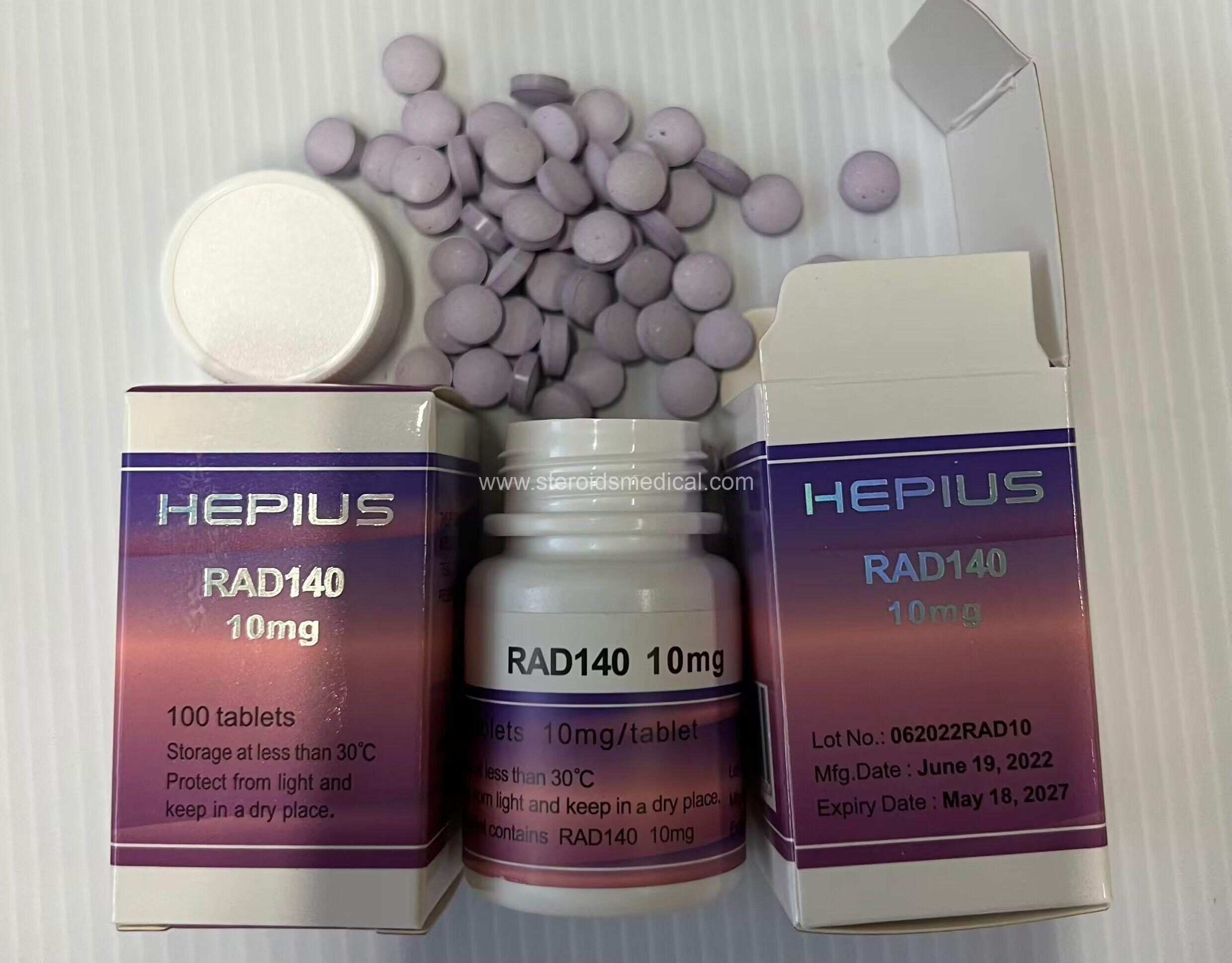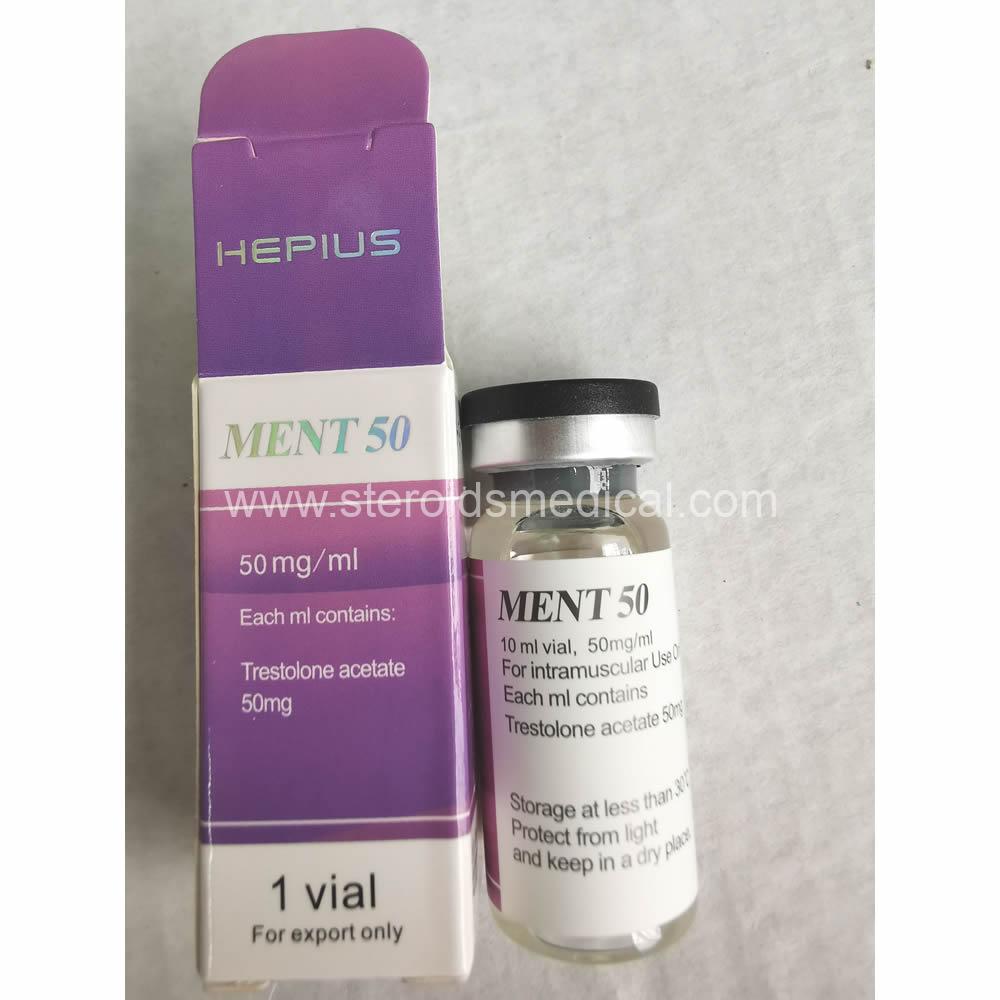Products description:
It refers to a high-dose formulation of human chorionic gonadotropin (HCG), a hormone produced during pregnancy. In medical settings, HCG is often used for various purposes, including:
Fertility Treatments: HCG is commonly used in fertility treatments for both men and women. In women, it can trigger ovulation by mimicking the luteinizing hormone (LH) surge. In men, it can stimulate the production of testosterone and increase sperm count.
Hormone Replacement Therapy (HRT): For men, HCG can be used as part of HRT to maintain testosterone levels, especially in those undergoing testosterone replacement therapy (TRT).
Weight Loss: Though controversial and not widely supported by scientific evidence, some people use HCG as part of a weight loss regimen, often combined with a very low-calorie diet. However, the safety and efficacy of this use are highly debated.
Athletic Performance: Some athletes use HCG to maintain testosterone production while using anabolic steroids. This is considered illegal in most sports and is generally discouraged due to potential health risks.
Administration and Dosage
- Dosage: The 5000 IU dosage typically refers to the amount of HCG in a single vial or injection.
- Administration: HCG can be administered via intramuscular or subcutaneous injections, depending on the specific use and patient needs.
Side Effects and Risks
- Side Effects: Potential side effects include headaches, mood swings, and at times, allergic reactions. In men, it may lead to an increase in estrogen levels, potentially causing gynecomastia (enlarged breasts).
- Risks: Misuse or overuse of HCG, especially without medical supervision, can lead to hormonal imbalances and other serious health issues.
It’s essential to consult with a healthcare provider before using HCG for any purpose.
How to use it?
Using HCG (human chorionic gonadotropin) 5000 IU should be done under the guidance of a healthcare professional, as the dosage and administration can vary depending on the intended use, medical condition, and individual patient needs. Below is a general overview of how it might be used:
1. Reconstitution (Mixing the HCG)
HCG typically comes in a powdered form that needs to be reconstituted with a sterile diluent, often provided with the medication. Here’s how to prepare it:
- Step 1:Wash your hands thoroughly with soap and water.
- Step 2:Gather all the necessary supplies: HCG vial, sterile diluent vial, alcohol swabs, a mixing syringe (often larger), and an injection syringe (smaller).
- Step 3:Wipe the tops of both vials (HCG and diluent) with an alcohol swab.
- Step 4:Draw the required amount of diluent into the mixing syringe (usually 1-2 mL, but follow the specific instructions provided).
- Step 5:Inject the diluent into the HCG vial. Do this slowly and allow the powder to dissolve completely without shaking the vial.
- Step 6:Once fully dissolved, gently roll the vial between your hands to mix. The HCG is now ready for use.
2. Administration
HCG can be administered either subcutaneously (under the skin) or intramuscularly (into a muscle), depending on the protocol prescribed by your healthcare provider.
Subcutaneous Injection:
- Step 1:Select the injection site, usually the abdomen (at least 2 inches away from the navel) or the thigh.
- Step 2:Clean the injection site with an alcohol swab and let it dry.
- Step 3:Draw the prescribed amount of HCG solution into the injection syringe.
- Step 4:Pinch the skin to create a fold and insert the needle at a 45-degree angle.
- Step 5:Inject the HCG slowly and steadily.
- Step 6:Withdraw the needle and apply gentle pressure with a cotton swab. Dispose of the needle safely.
Intramuscular Injection:
- Step 1:Choose the injection site, usually the upper outer quadrant of the buttocks or the thigh.
- Step 2:Clean the site with an alcohol swab.
- Step 3:Draw the prescribed amount of HCG into the syringe.
- Step 4:Insert the needle at a 90-degree angle into the muscle.
- Step 5:Inject the medication slowly.
- Step 6:Withdraw the needle, apply pressure with a cotton swab, and dispose of the needle safely.
3. Dosage
- Fertility Treatment (Women):A typical dose may range from 5,000 to 10,000 IU, administered once during the cycle, typically to trigger ovulation.
- Fertility Treatment (Men):Dosages vary widely, often between 500 to 2000 IU, administered 2-3 times per week.
- Weight Loss (Controversial Use):If used (not generally recommended), doses are often lower, like 125-250 IU daily or every other day.
- Hormone Replacement Therapy (Men):Commonly, 500-1000 IU is administered 2-3 times per week.
4. Storage
- Before Reconstitution:Store the HCG powder in the refrigerator or at room temperature, as specified by the manufacturer.
- After Reconstitution:Store the mixed solution in the refrigerator, and it should be used within the timeframe recommended by the manufacturer, typically 30 days.
5. Monitoring and Side Effects
- Regular monitoring by a healthcare provider is essential, especially if using HCG for fertility, hormone therapy, or other medical conditions.
- Be aware of possible side effects, such as headache, mood changes, pain at the injection site, or more serious effects like blood clots or ovarian hyperstimulation syndrome (in women).
6. Disposal
- Use a sharps container to dispose of needles and syringes safely.
Note: Always follow the specific instructions provided by your healthcare provider and the medication packaging. Misuse of HCG can lead to serious health complications.
PS:
About products, If you have any other questions , please contact us at anywhere anytime.
You may chat online or send E-mail to us: steroidsmedical@protonmail.com
Thank you for your time!
 Domestic Pharmaceutical Co., Ltd.
Domestic Pharmaceutical Co., Ltd.

